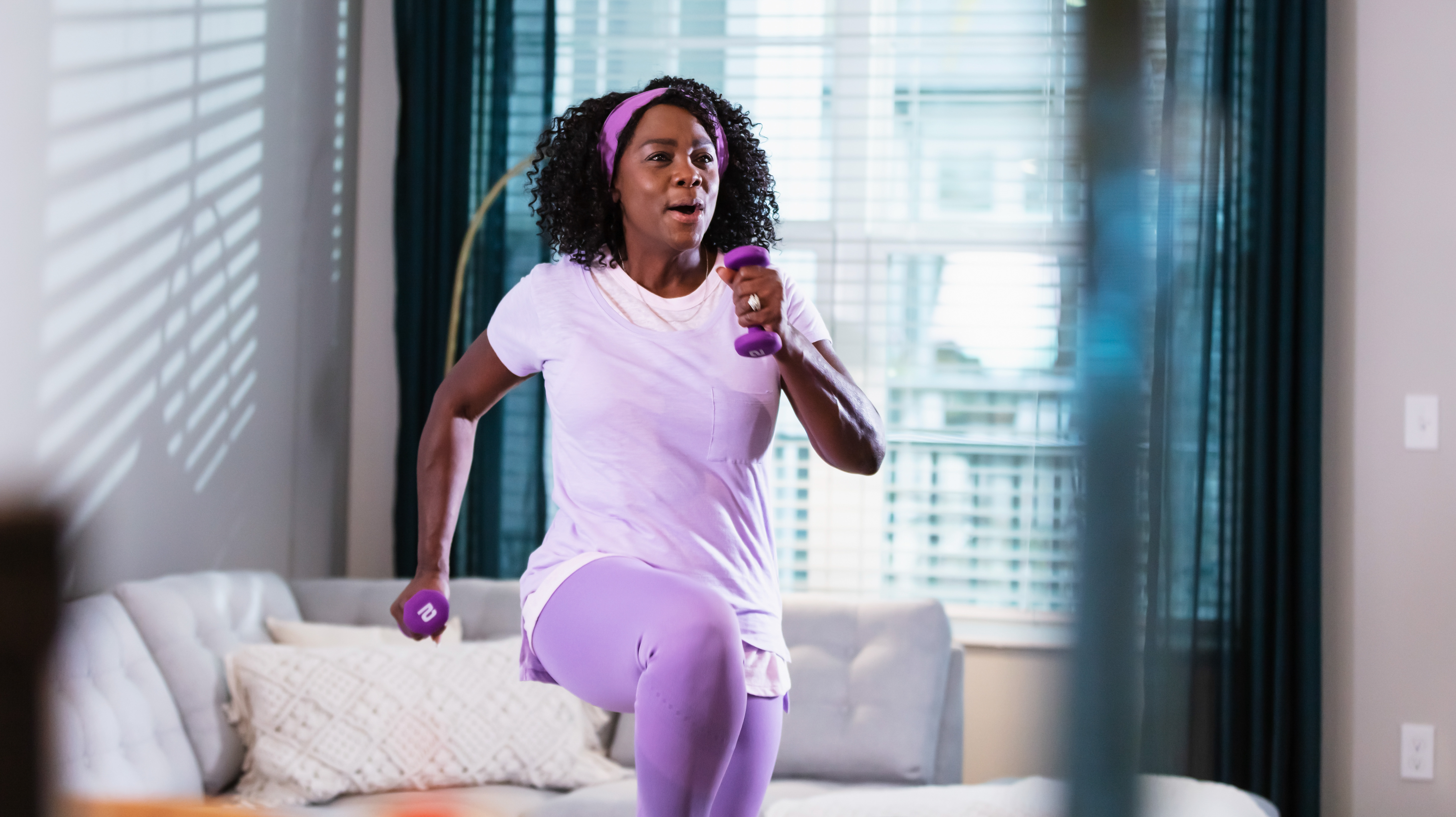
Most of us are short on time, but if you’ve got 10 minutes spare and want to boost your mood and energy levels, you should try this walking workout from Grapefitt. It’s a no-repeat routine, which means you won’t have to cycle through the same exercises, and it features no jumping movements so it’s kind to knees.
Grapefitt performs each walking exercise for 49 seconds, which is followed by a rest. It’s a gentle session, perfect if you’re new to working out or want to do something that will raise your heart rate without completely exhausting you.
The workout
Does walking count as cardio?
I previously asked NASM-certified personal trainer, Ellen Thompson, if walking counts as cardio.
"Yes! Any activity that increases your heart rate can be considered cardio,” she said. “Walking at any intensity—but preferably a moderate or high intensity—checks that box.”
As this walking workout gets your arms and shoulders moving, it’s more intense than a standard 10-minute stroll or marching on the spot, so it will elevate your heart rate and offer some cardio health benefits. It could also temporarily boost your metabolism (the rate at which your body burns calories).
To increase these effects, you can repeat the workout a couple of times, perform the exercises at a faster pace or add a pair of light dumbbells.
What is the ideal step count?
People often aim for 10,000 steps, but research indicates that walking just 7,000 steps a day is associated with a lower risk of all-cause mortality. In other words, you have a lower chance of contracting certain illnesses if you hit this step count. This is good news for those who might find the 10,000 step goal overwhelming or unachievable.
Start your week with achievable workout ideas, health tips and wellbeing advice in your inbox.

Lou Mudge is a Health Writer at Future Plc, working across Fit&Well and Coach. She previously worked for Live Science, and regularly writes for Space.com and Pet's Radar. Based in Bath, UK, she has a passion for food, nutrition and health and is eager to demystify diet culture in order to make health and fitness accessible to everybody.
Multiple diagnoses in her early twenties sparked an interest in the gut-brain axis and the impact that diet and exercise can have on both physical and mental health. She was put on the FODMAP elimination diet during this time and learned to adapt recipes to fit these parameters, while retaining core flavors and textures, and now enjoys cooking for gut health.

